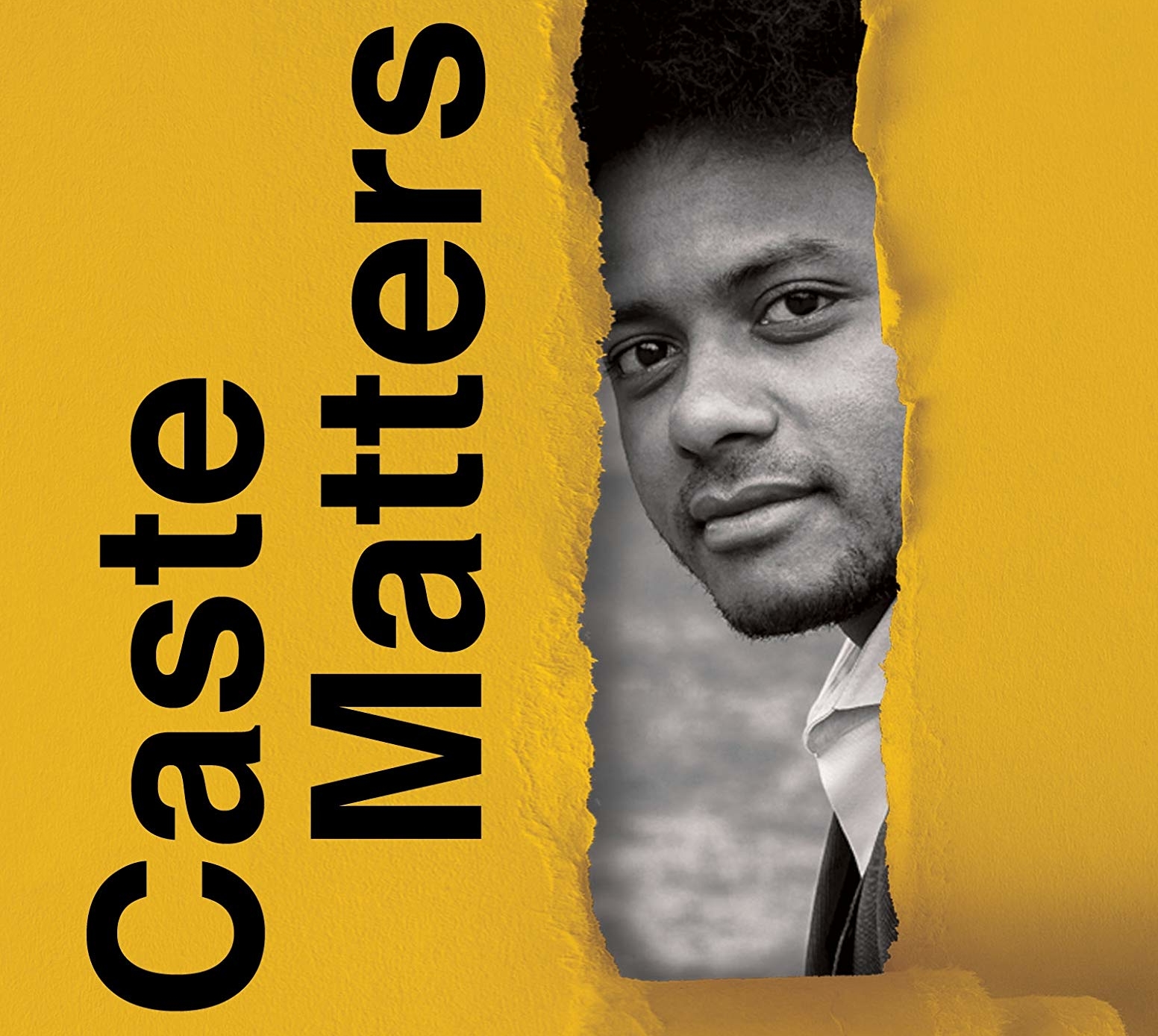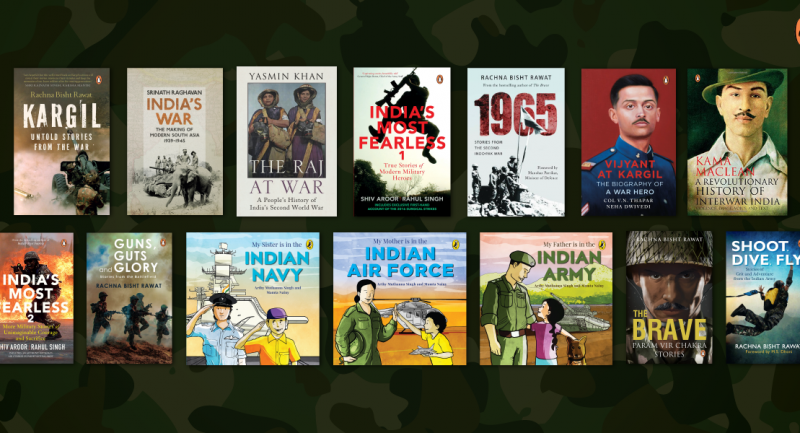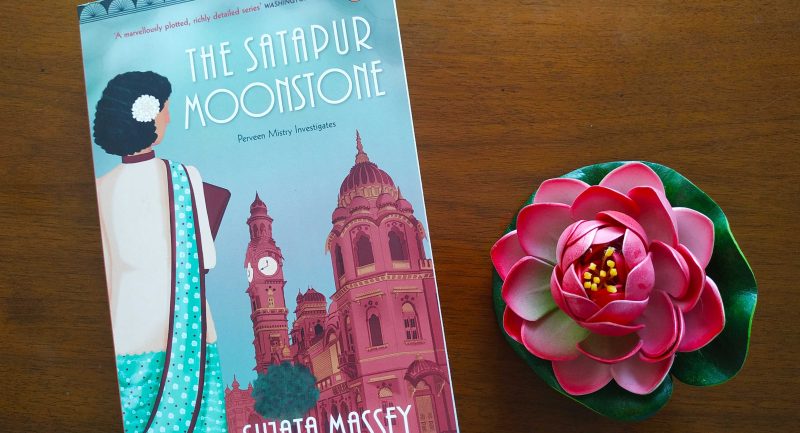
Caste Matters, an explosive book by Suraj Yengde, a first-generation Dalit scholar educated across continents, challenges deep-seated beliefs about caste. He describes his gut-wrenching experiences of growing up in a Dalit basti, the multiple humiliations suffered by Dalits on a daily basis, and their incredible resilience enabled by love and humour. As he brings to light the immovable glass ceiling that exists for Dalits even in politics, bureaucracy and judiciary, Yengde provides an unflinchingly honest account of divisions within the Dalit community itself-from their internal caste divisions to the conduct of elite Dalits and their tokenized forms of modern-day untouchability—all operating under the inescapable influences of Brahminical doctrines.
This path-breaking book reveals how caste crushes human creativity and is disturbingly similar to other forms of oppression, such as race, class and gender.
Here are six realities about caste from the book.
Caste is understood through various prisms, thus making it the most misunderstood topic of dialogue on/in India. However, what remain undiscussed, and therefore invisible, are the multiple forms in which caste maintains its sanctity and pushes its agenda through every aspect of human life in India. Caste plays an important role in every facet and over an unthinkably large domain of public and private life.
∼
Caste as a social construct is a deceptive substance, known for its elemental capacity to digress from its primary motive of existence that governs this oldest system of human oppression, subjugation and degradation. Originated in the Hindu social order, it has infiltrated all faiths on the Indian subcontinent.
∼
The people enjoying the benefits of their caste always direct the attention of suffering people towards the state, thus diverting from the real reason for their troubles, which is the existence of the caste system. For instance, issues surrounding communalism take precedence over anything else that has to do with the state. The case of the Babri Masjid demolition in Ayodhya in 1992 became a diversion from the issue of reservation for OBCs brought forth by the V.P. Singh government on the recommendations of the Mandal Commission report in 1990.
∼
Every major enterprise in India functions under the strict dictums of Brahmins and other dominant castes. The Indian Space Research Organization (ISRO), which is responsible for space-related projects, has launched missions to the moon and Mars. However, the take-off is always officiated by a Brahmin performing prayers.
∼
Caste in India is an absolute sanction—of the dominant class over the dominated. Its strict division into five categorical instances organized in horizontal capacities is an archetype of legitimized apartheid. Caste in India is observed according to one’s location in one of these five categories. The conversation on caste is navigated by the respective person’s investment in the system.
∼
Untouchability remains a lifeline of India’s present. As recently as 2015, more than 50 per cent of households in the country admitted to practising or witnessing untouchability in urban capitals such as Delhi. India-wide, 30 per cent of Indians have no hesitation in imposing the worst form of human oppression—untouchability—upon fellow humans. In Tamil Nadu, a study over four years (2014–18) revealed that over 640 villages in twenty districts surveyed practise untouchability.
At once a reflection on inequality and a call to arms, Caste Matters argues that until Dalits lay claim to power and Brahmins join hands against Brahminism to effect real transformation, caste will continue to matter.









